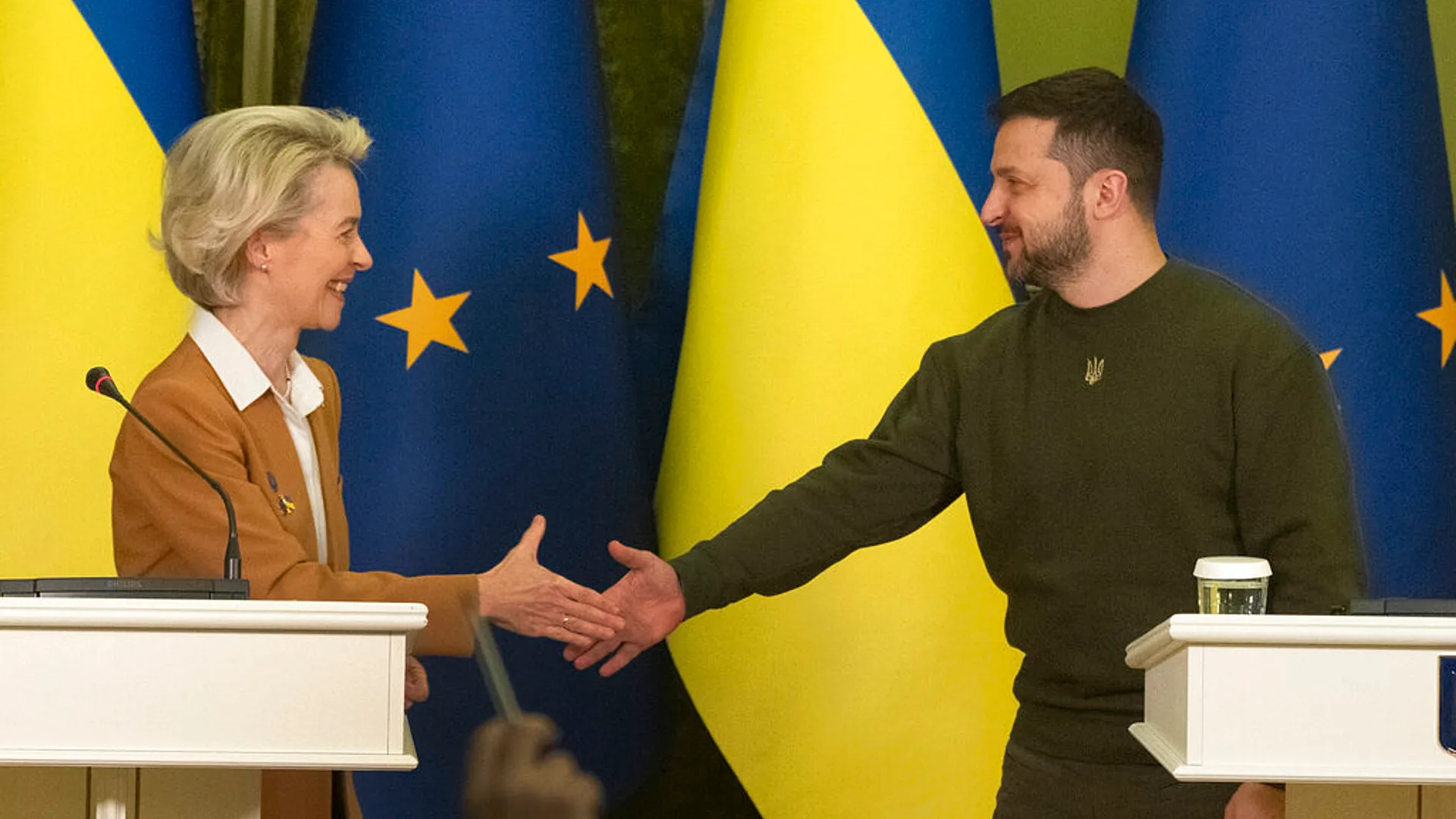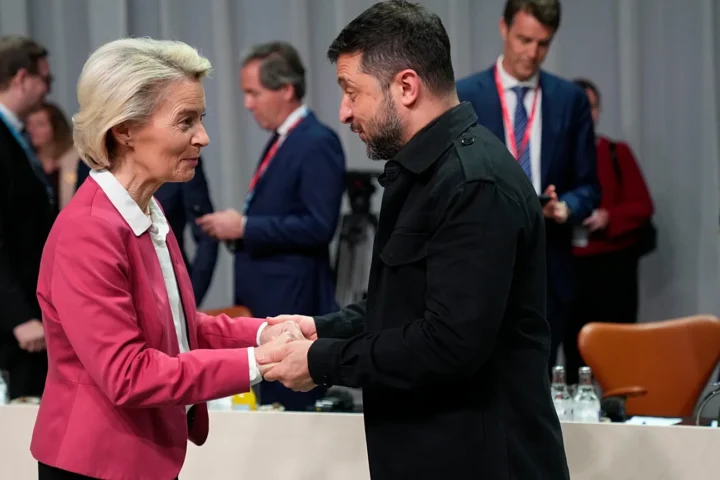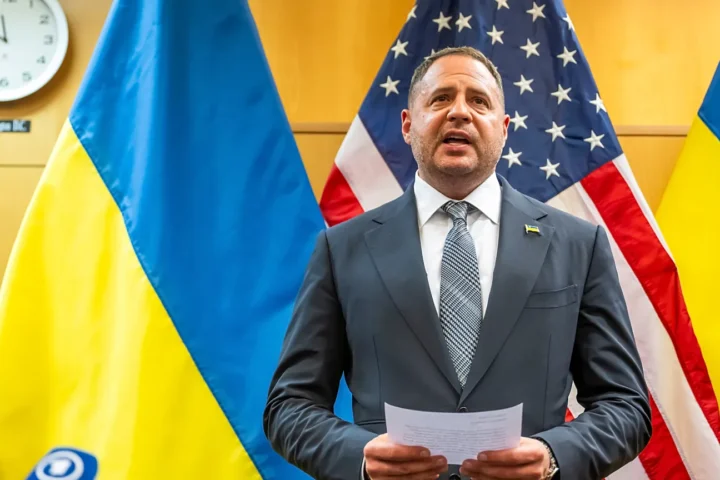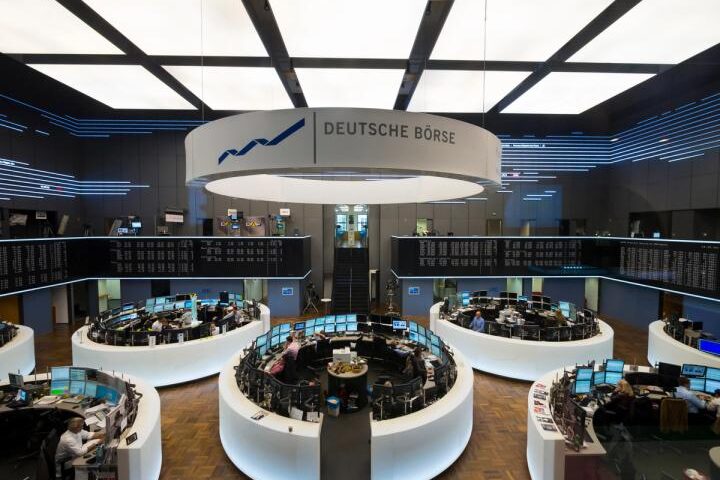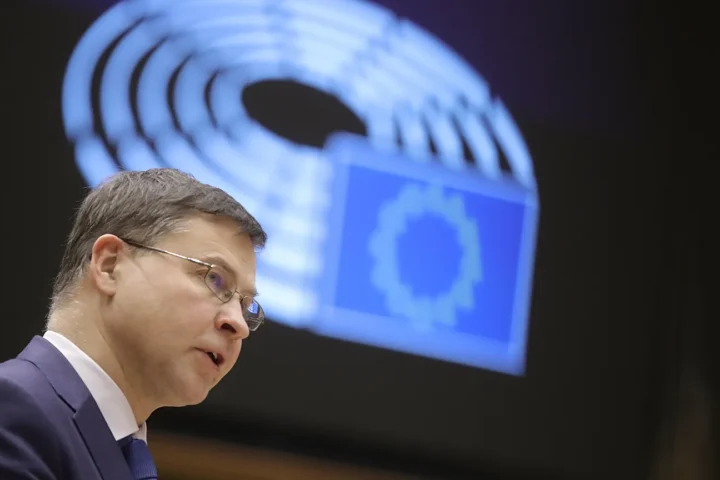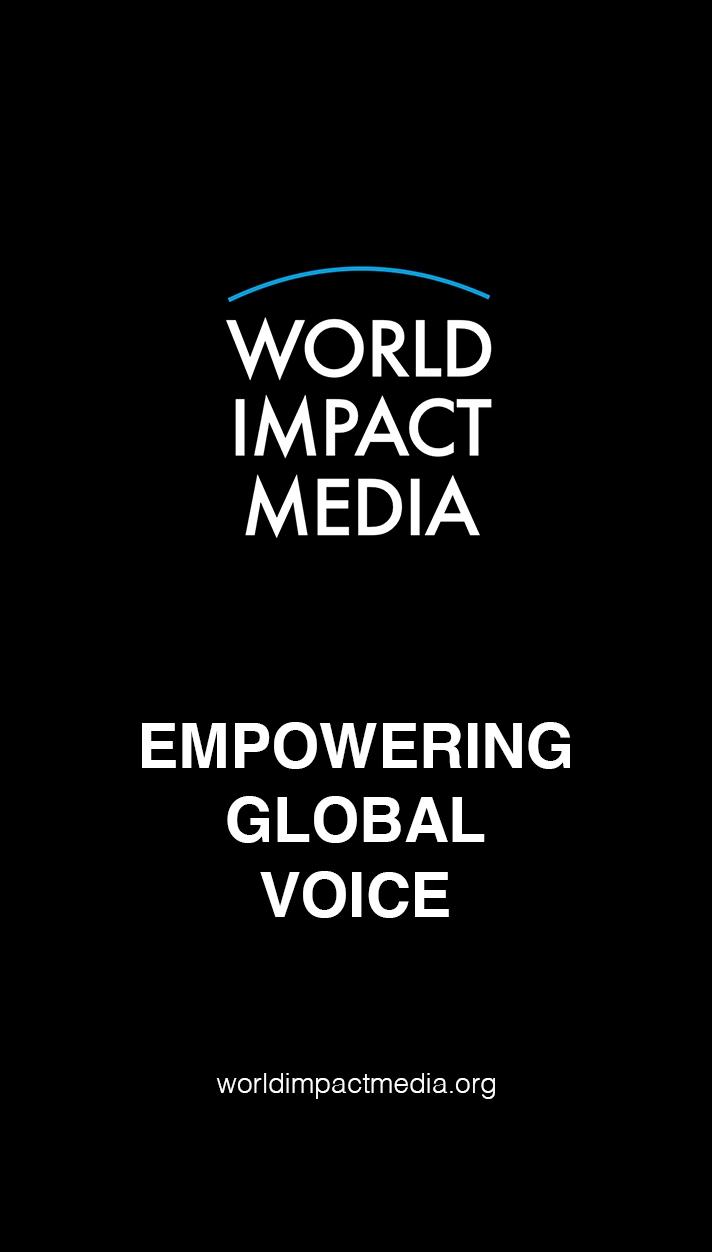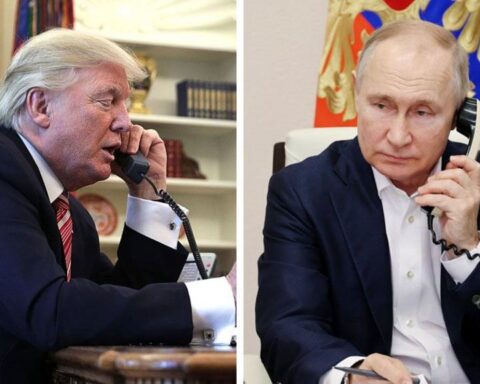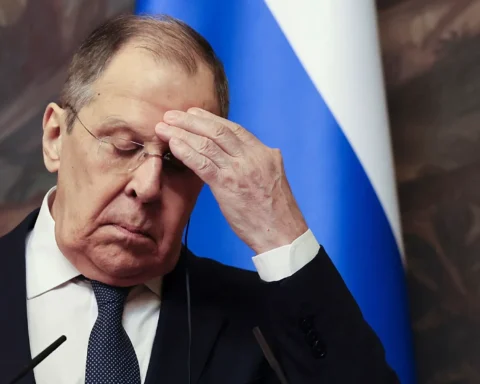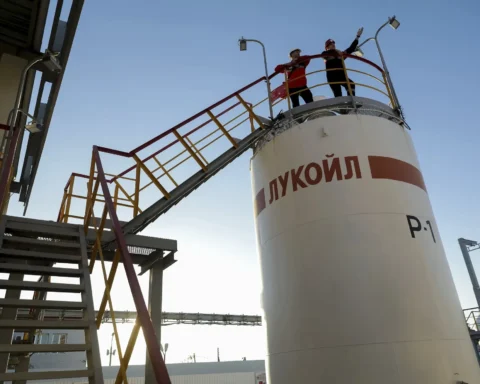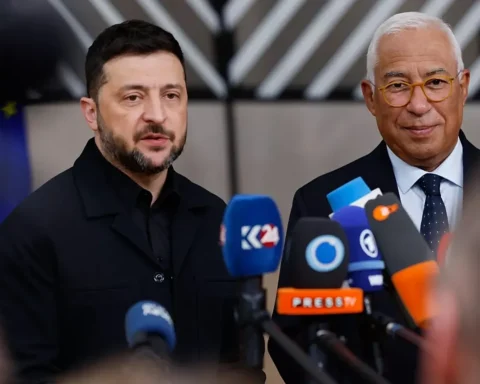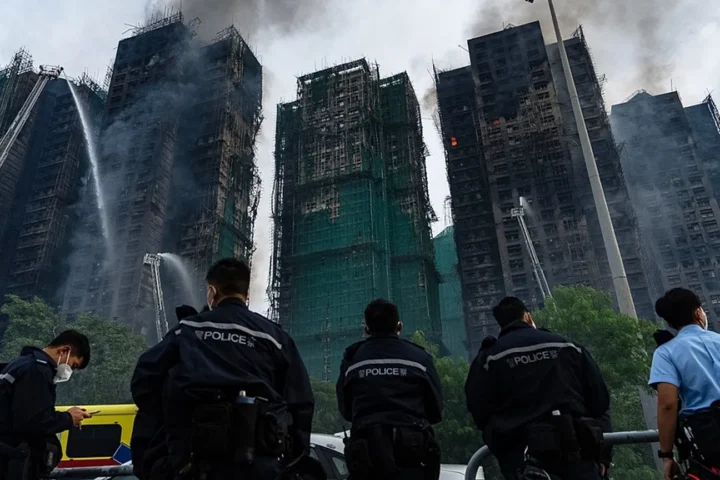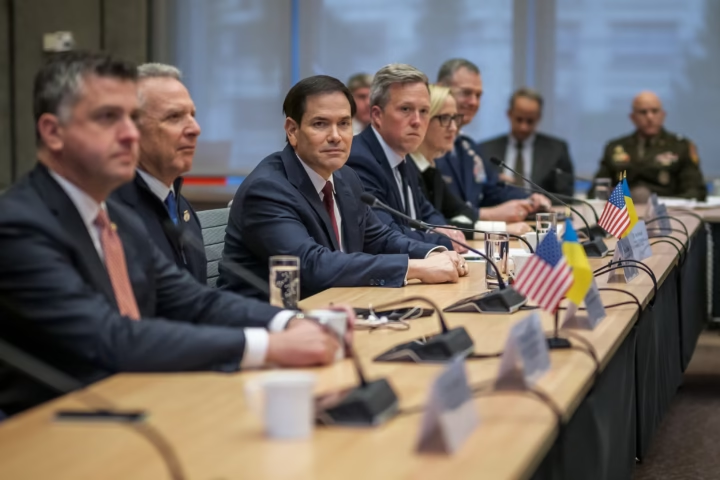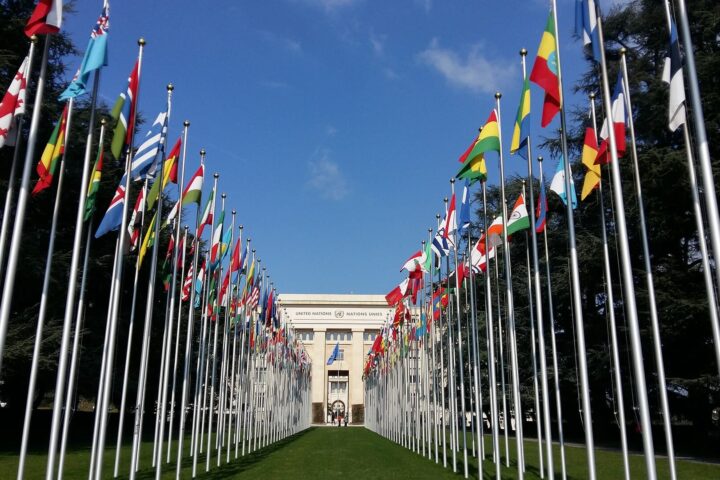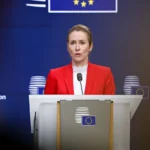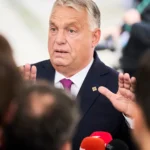The European Union is preparing a bold new financial lifeline for Kyiv, with Brussels proposing a €140 billion loan package to Ukraine backed by frozen Russian assets. The move marks the EU’s most ambitious attempt yet to channel Moscow’s immobilized wealth into sustaining Ukraine’s war effort and long-term reconstruction.
A New Financial Mechanism
According to senior EU officials, the plan would leverage hundreds of billions of euros in Russian central bank reserves and oligarch assets that were frozen across Europe after Moscow’s invasion of Ukraine in February 2022. Rather than liquidating the assets outright—a path fraught with legal and political obstacles—Brussels aims to use them as collateral for a massive syndicated loan.
The loan would provide Kyiv with immediate access to financing for defense, public services, and reconstruction projects, while keeping the seized Russian assets intact. If Ukraine defaults, the assets could be tapped directly to repay creditors.
“This is about ensuring Ukraine has the resources it needs to fight today and rebuild tomorrow, without leaving European taxpayers to carry the full burden,” one EU official explained.
Ukraine’s Mounting Needs
The war has devastated Ukraine’s economy, wiping out industries, displacing millions, and creating a staggering budget deficit. The World Bank estimates that reconstruction costs could exceed $400 billion, while Ukraine continues to spend billions each month on defense and basic governance.
Kyiv has relied heavily on aid from the U.S., EU, and other allies. However, political fatigue is rising in Washington and parts of Europe, leading Brussels to search for mechanisms that shift the financial load onto Russia.
For Ukraine, the proposed loan could serve as both lifeline and symbol—a sign that Europe is willing to innovate financially to ensure its survival.
Legal and Political Challenges
Despite its appeal, the proposal faces significant hurdles:
- Legal Ownership: International law generally protects sovereign assets from confiscation, raising questions over whether Russian funds can be used this way.
- Russian Retaliation: Moscow has already threatened legal action and reciprocal seizures of European assets if its reserves are touched.
- EU Consensus: All 27 member states must back the plan, and countries like Hungary have consistently opposed hardline measures against Russia.
- Investor Appetite: While the assets provide strong collateral, market confidence in Ukraine’s ability to manage long-term debt will influence loan terms.
Global Implications
If successful, the plan could set a precedent for using frozen state assets to finance postwar recovery, changing the way international law treats sanctions. The United States and United Kingdom have considered similar measures, but the EU’s proposal is the most concrete and far-reaching yet.
Supporters argue that the scheme delivers justice and deterrence, ensuring Russia bears financial responsibility for its war. Critics warn it could erode norms of sovereign immunity, potentially backfiring against Western countries in future conflicts.
Reactions in Kyiv and Moscow
Ukrainian officials have welcomed the proposal, framing it as overdue recognition that Russia must pay for the damage it caused. President Volodymyr Zelensky has long urged allies to repurpose Moscow’s frozen assets, calling it “the fairest source of reparations.”
Moscow, by contrast, condemned the idea as “theft dressed up in legal jargon.” Kremlin spokesperson Dmitry Peskov said any such plan would trigger “decisive countermeasures” and harm Europe’s financial credibility.
The Road Ahead
The European Commission is expected to formally present the plan to member states in the coming weeks. Negotiations are likely to be contentious, with some countries pushing for grants instead of loans, while others demand clear safeguards against escalation with Russia.
Yet with Ukraine’s financial needs mounting and political support in the West under strain, Brussels appears determined to push the debate forward. As one EU diplomat put it: “If not now, then when? This is about showing Russia that aggression comes at an unbearable cost.”
